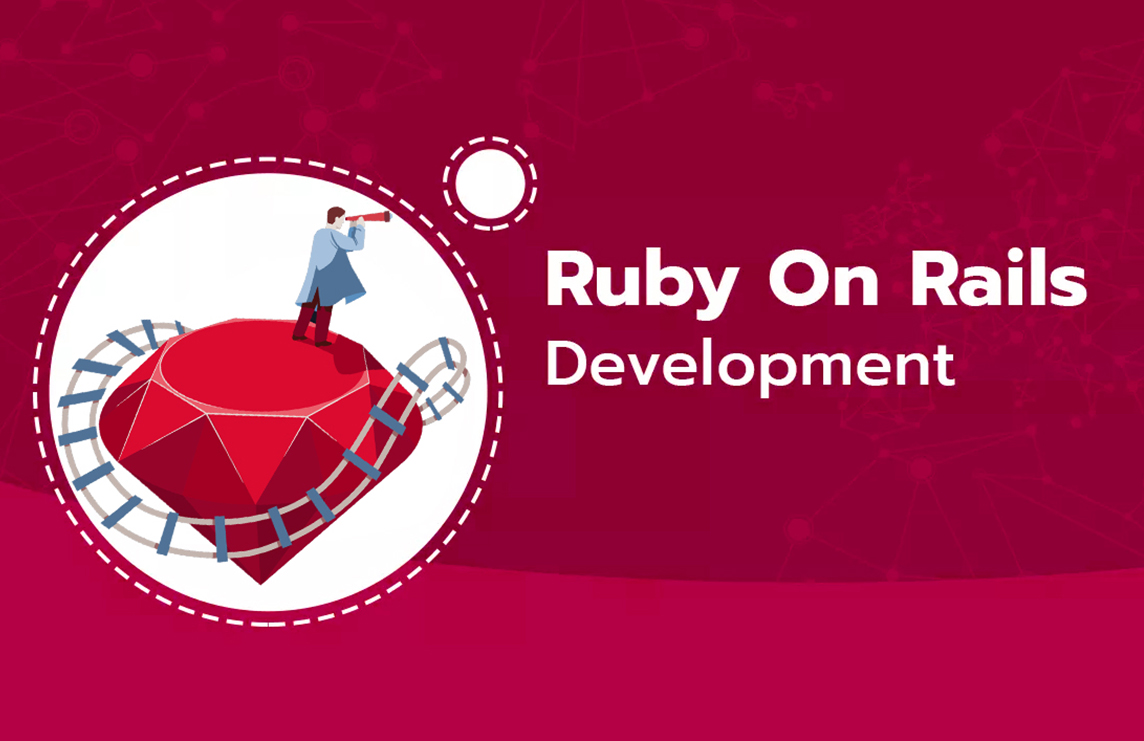In the world of web development, full stack development has become increasingly popular. A full stack developer is responsible for creating web applications that run smoothly from start to finish. They work on both the front-end and back-end of web applications and are proficient in a variety of programming languages, databases, and web frameworks. In this blog post, we will take a closer look at what full stack development is, what it involves, and how you can become a successful web freelance full stack developer for hire.
What is Full Stack Development?
Full stack development refers to the process of developing web applications that encompass all layers of a technology stack, from front-end development to back-end development. The technology stack consists of three main components: the front-end, the back-end, and the database.
The front-end of a web application is responsible for the user interface (UI) and user experience (UX). It is the part of the application that users interact with directly. This includes the design of the application, as well as the HTML, CSS, and JavaScript that make it work.
The back-end of a web application is responsible for handling the logic and data processing of the application. This includes server-side programming languages such as Python, Ruby, and Node.js, as well as web frameworks such as Django, Ruby on Rails, and Express.js.
The database is responsible for storing and managing the data that the application uses. It can be a relational database such as MySQL, PostgreSQL, or Oracle, or a NoSQL database such as MongoDB, Cassandra, or CouchDB.

Full stack developers are responsible for creating web applications that incorporate all three components of the technology stack. This requires a wide range of technical skills, including knowledge of programming languages, web frameworks, databases, and front-end development tools.
What Does Full Stack Development Involve?
Full stack development involves a wide range of technical skills and knowledge. Some of the key areas of expertise that freelance web developers need to have include:
- Front-end Development: Full stack developers need to be proficient in HTML, CSS, and JavaScript. They should be able to create responsive, user-friendly, and visually appealing web interfaces.
- Back-end Development: Full stack developers need to have experience in server-side programming languages such as Python, Ruby, or Node.js. They should also be familiar with web frameworks such as Django, Ruby on Rails, and Express.js.
- Database Management: Full stack developers need to have experience working with databases such as MySQL, PostgreSQL, or MongoDB. They should be able to design, build, and maintain databases to ensure that they can efficiently manage large amounts of data.
- Web Development Tools: Full stack developers need to be familiar with a variety of web development tools, including version control systems such as Git, web servers such as Apache or Nginx, and cloud computing platforms such as Amazon Web Services (AWS), Google Cloud Platform (GCP), or Microsoft Azure.
- Project Management: Full stack developers need to be able to manage projects effectively, including planning, organizing, and delegating tasks. They should be able to work in a team environment and communicate effectively with other developers and stakeholders.
How to Become a Full Stack Developer?
To become a full stack developer, you need to have a strong foundation in both front-end and back-end development. Here are some steps you can take to become a successful web full stack developer:
- Learn the Basics of HTML, CSS, and JavaScript: These are the building blocks of web development. You need to be proficient in these languages to create web applications.
- Choose a Back-end Language and Database System: You need to choose a back-end language such as Python, Ruby, or Node.js, and a database system such as MySQL, PostgreSQL, or MongoDB.
- Learn a Web Framework: Web frameworks such as Django, Ruby on Rails, and Express.js provide a set of tools and libraries that make it easier to build web applications.
- Master Version Control with Git: Version control is essential for managing and tracking changes in code. Git is the most popular version control system used in web development.
- Learn to Deploy a Website: You need to learn how to set up a web server, configure it Once you have developed your web application, you need to deploy it to a web server so that it can be accessed by users. Here are some steps to follow to deploy your web application:
- Choose a Web Hosting Provider: There are many web hosting providers available, and the one you choose will depend on your needs and budget. Some popular options include Amazon Web Services (AWS), Google Cloud Platform (GCP), and Microsoft Azure.
- Set Up the Web Server: Once you have chosen a web hosting provider, you need to set up the web server. This typically involves installing a web server software such as Apache or Nginx and configuring it to run your web application.
- Install the Database: If your web application requires a database, you need to install it on the web server. This typically involves setting up a database server such as MySQL or PostgreSQL and configuring it to work with your web application.
- Upload Your Web Application: Once the web server and database are set up, you need to upload your web application to the server. This can be done using a file transfer protocol (FTP) or a command-line tool such as rsync.
- Configure the Web Application: Finally, you need to configure your web application to work with the web server and database. This typically involves editing configuration files and setting up environment variables.
Conclusion
Full stack development is a rewarding and challenging field that requires a wide range of technical skills and knowledge. To become a successful web full stack developer, you need to have a strong foundation in front-end and back-end development, as well as experience with databases and web development tools. By following the steps outlined in this blog post, you can start your journey towards becoming a web full stack developer and unlock the secrets of this exciting field. Remember to stay curious, keep learning, and stay up-to-date with the latest trends and technologies in the world of web development.




